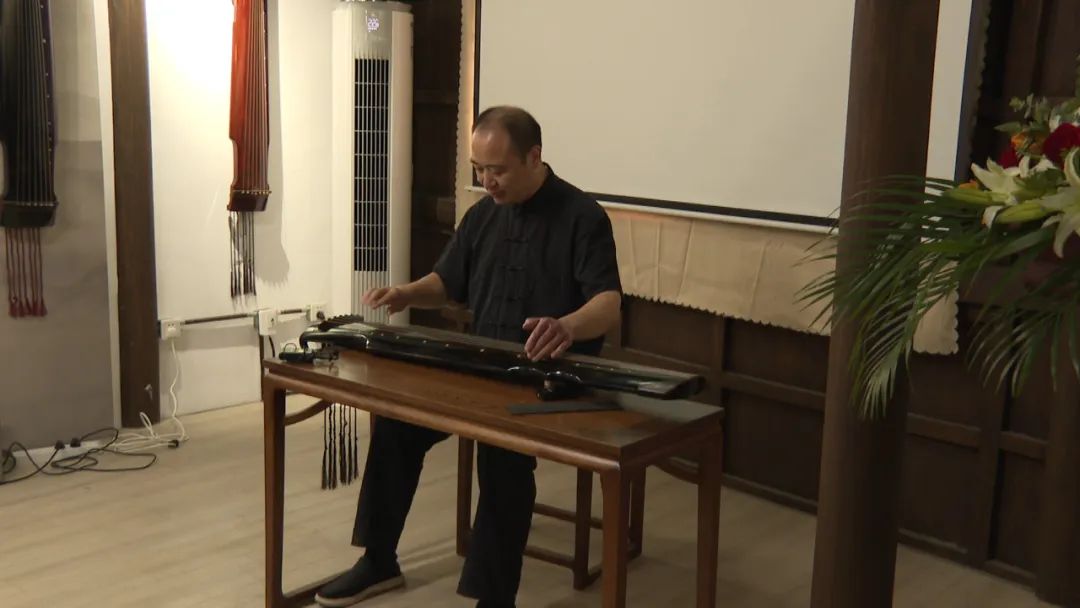Guqin invites Mingyue Songfeng Tingyin Guqin Culture and Art Museum to hold a series of Mid-Autumn Festival activities
Tasting the sound of the piano, listening to the piano, enjoying the piano exhibition... Recently, Songfeng Tingyin Guqin Culture and Art Museum in Sijing Town held a series of Mid-Autumn Festival activities.

During the event, Wu Mingtao, the president of Wumen Qin Society, played the famous Guqin song "Three Lanes of Plum Blossoms" with the Wutong Guqin personally chopped by the famous Li Chaoyang, and explained the story of Sijing Qinyuan. "A hundred years ago, Mr. Shi Liangcai and his wife, Mrs. Shen Qiushui, a famous historical and cultural celebrity in Sijing, and Mr. Wu Bianyang, the Wumen Qin School, were close friends. Good story." Wu Mingtao said.
In addition to the melodious and melodious sound of the guqin, the event also exhibited more than 60 pieces of guqin with silk strings and steel strings by Li Chaoyang himself. "Not only can I hear famous guqin playing, but I can also see so many fine guqin, which makes me very unforgettable." said Mr. Shen, a citizen.

"Songfeng Tingyin Guqin Culture and Art Museum is currently the only Guqin art museum in Sijing Town. We rely on old houses to spread traditional culture with the sound of Guqin, improve the cultural experience of residents in Sijing Town, and hope to attract more citizens to Shanghai. Let’s enjoy the elegant sound together.” The person in charge of the art museum introduced that in the future, the art museum will take the guqin as the core and combine other traditional cultures to hold various special activities to improve the public cultural services of Sijing Town, and gradually build it into an intangible cultural heritage Guqin art inheritance and Cultural and creative base for promotion.
 渝公网安备 50010702504639号
渝公网安备 50010702504639号